Patterns
Kits
sundries
knitting tools, buttons and notions, project bags and other pleasing little things
knitting tools, buttons and notions, project bags and other pleasing little things
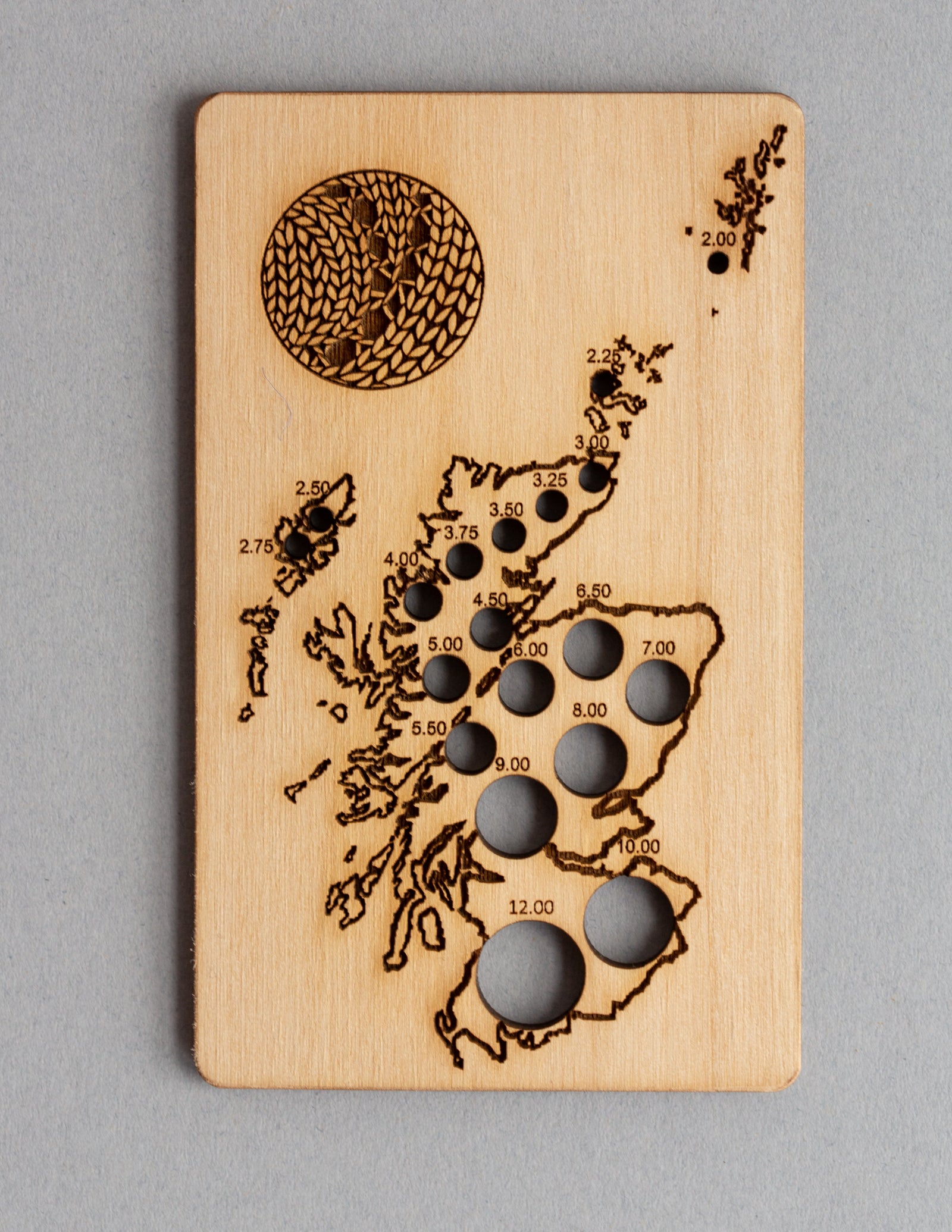
Exclusive Scotland needle gauge by Katrinkles
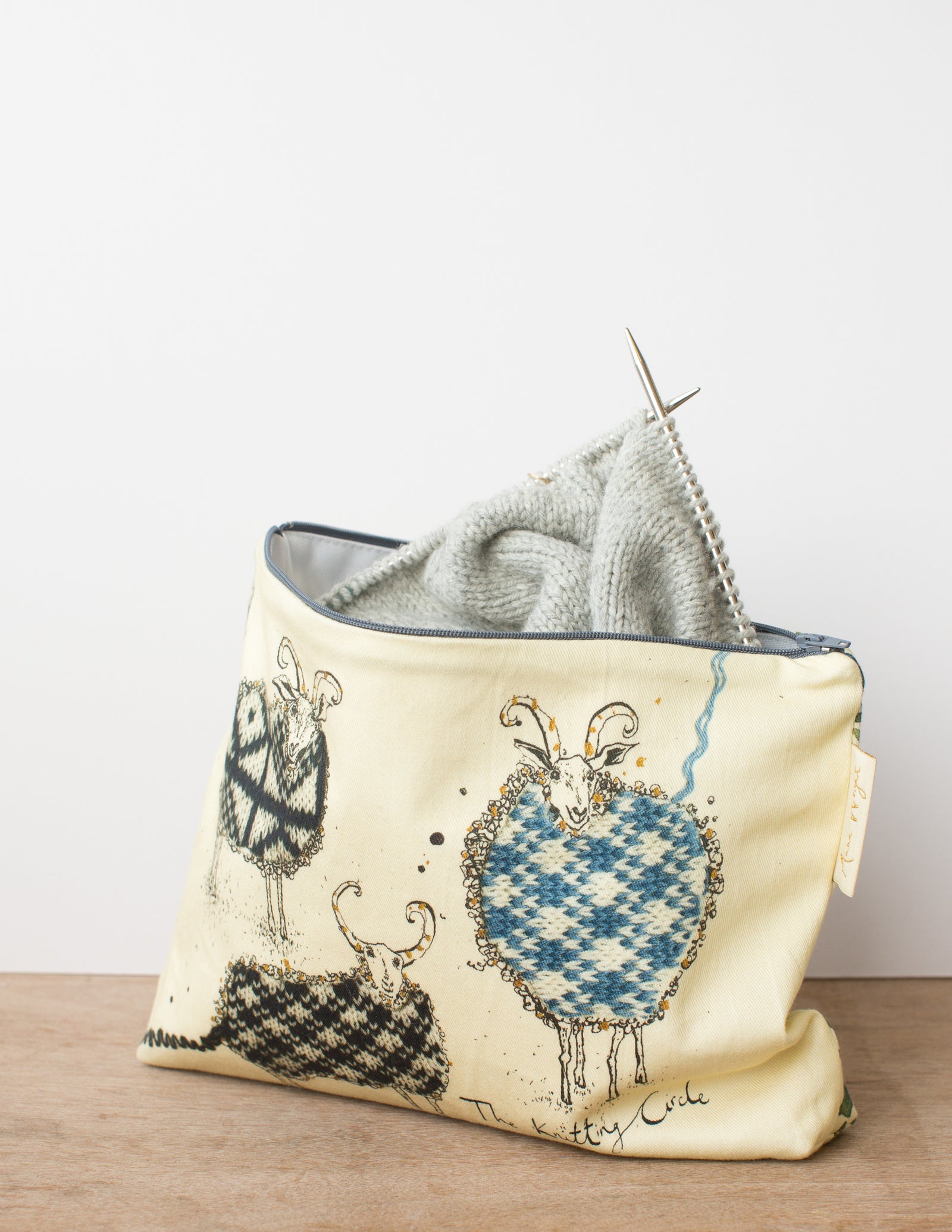
Zippered pouches in two sizes by our studio neighbour Anna Wright
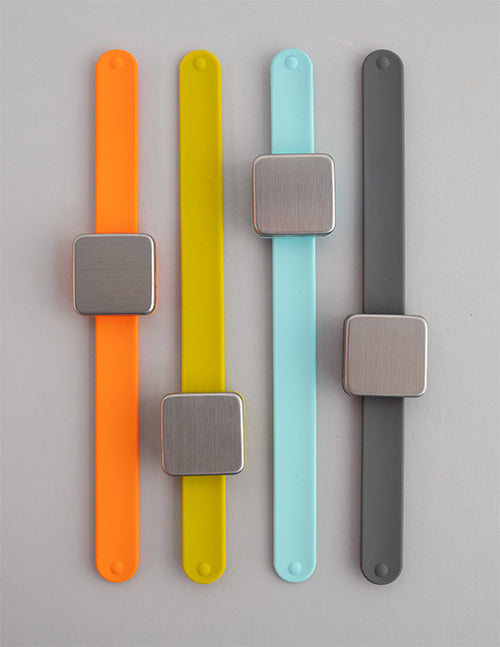
keep small tools accessible with the Maker's Keep
gift 2019
Subscribe to our Colourwork Club for a gift that lasts well into the new year. Your recipient will receive a new colourwork kit in Janurary, February and March
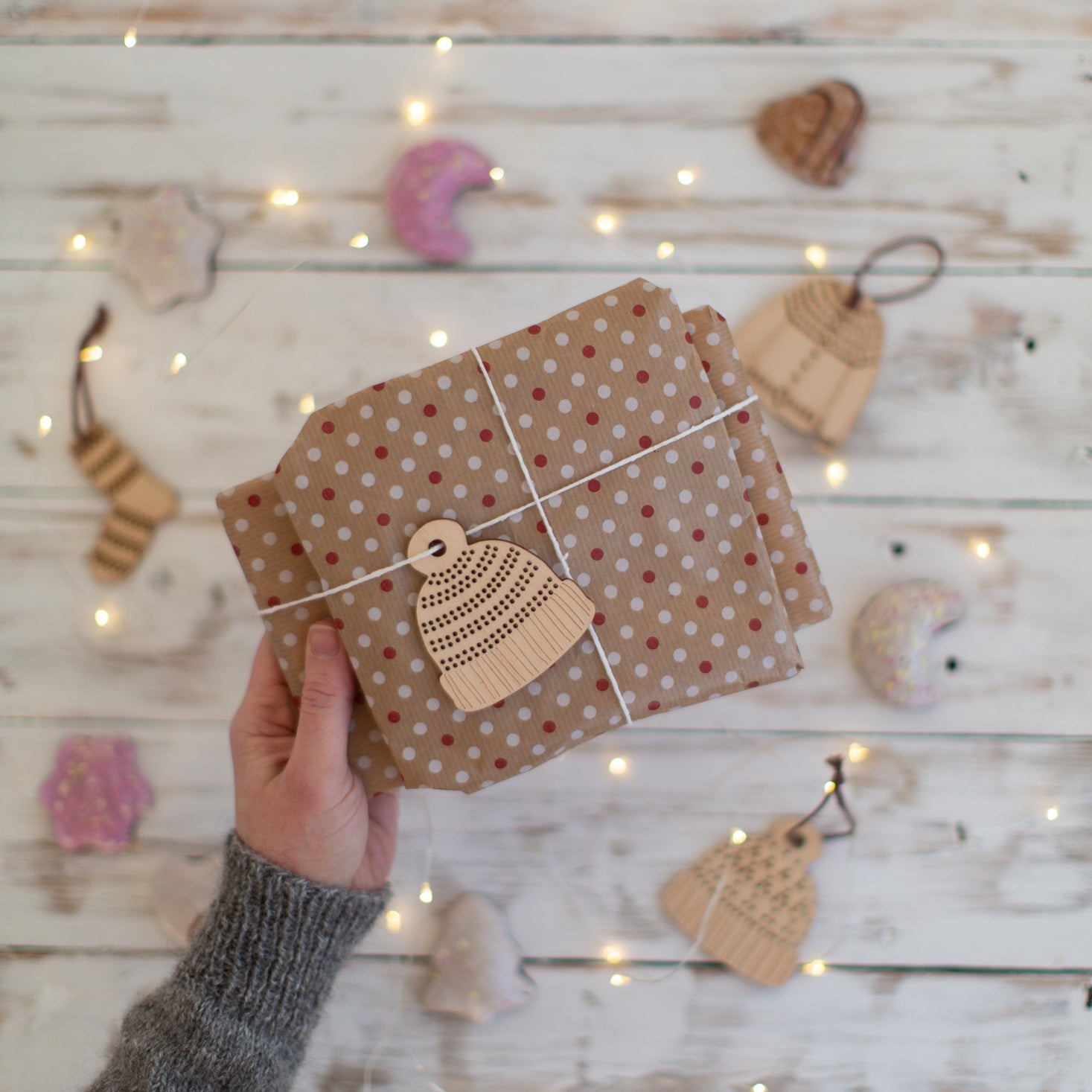
Subscribe to our Colourwork Club for a gift that lasts well into the new year. Your recipient will receive a new colourwork kit in Janurary, February and March


Last minute shopping? Gift cards are delivered electronically - forward the email or print it for your recipient. A range of amounts are available and gift cards don't expire.


How to knit a garter tab cast-on
March 09, 2021
Have you ever started knitting a top-down shawl and been stymied by a “garter tab” cast-on?
Cast on, knit, rotate, pick up stitches - a garter tab is a fiddly bit of knitting that is commonly used to begin top-down triangular shawls, as well as various other shawl and wrap shapes.
The garter tab cast-on is used to seamlessly join the border stitches at the centre back, and, at the same time, cast-on the initial centre stitches which will then be increased to shape the shawl.
To work a garter tab, you will cast on a small number of stitches (3 or 4), and knit a short rectangular strip. Then you will pick up stitches along one long edge and one short edge, converting the rectangle into half-circle shape that will flow more easily into the triangular shaping. Check out our step-by-step tutorial below to learn how to knit a garter tab.
Garter Tab Cast-On
Video
Garter tab cast-on step-by-step directions

To begin, cast on 3 stitches. Here we used the cable cast-on method, so that the first row is a right side row.

Then knit 6 rows, turning at the end of each row, to create the garter tab.

On the next row, we will pick up stitches around two sides of this tab. First knit across the 3 stitches.

Then, slide the stitches on the right needle tip down onto the cord. The arrows indicate where we'll be picking up stitches along the side of the tab.

With the first three stitches now on the cord, rotate the work 90 degrees clockwise and insert the right needle tip into the side edge of the first garter ridge.

Wrap the yarn and pull up a stitch.

Continuing in the same direction, pick up 1 stitch from each garter ridge creating 3 stitches.

Push these new pick-up stitches down onto the cord as well. This makes 6 stitches total.

Rotate the work 90 degrees clockwise again. Now we'll be picking up stitches from the 3 cast-on stitches.

It can look a little crowded here but take your time to open up the stitches so you can see where to pick up.

Pick up 1 stitch from each cast on stitch. 3 stitches.

The garter tab cast-on is complete! There are now 9 stitches on the needle.
The garter tab cast-on can be fiddly at first, but don’t give up! If something seems off, it’s perfectly fine to gently rip out the stitches you have worked and try again.

You might find that your stitches are very slippery, and if this is the case you can try a different type of knitting needle, such as a wooden one, until your stitches are established.
Once you’ve worked a garter tab a few times, it’ll become second nature, so don't give up!
Try out the garter tab cast-on with our shawl patterns Ishbel, Halimede or Stac Shoaigh!
Also in Journal
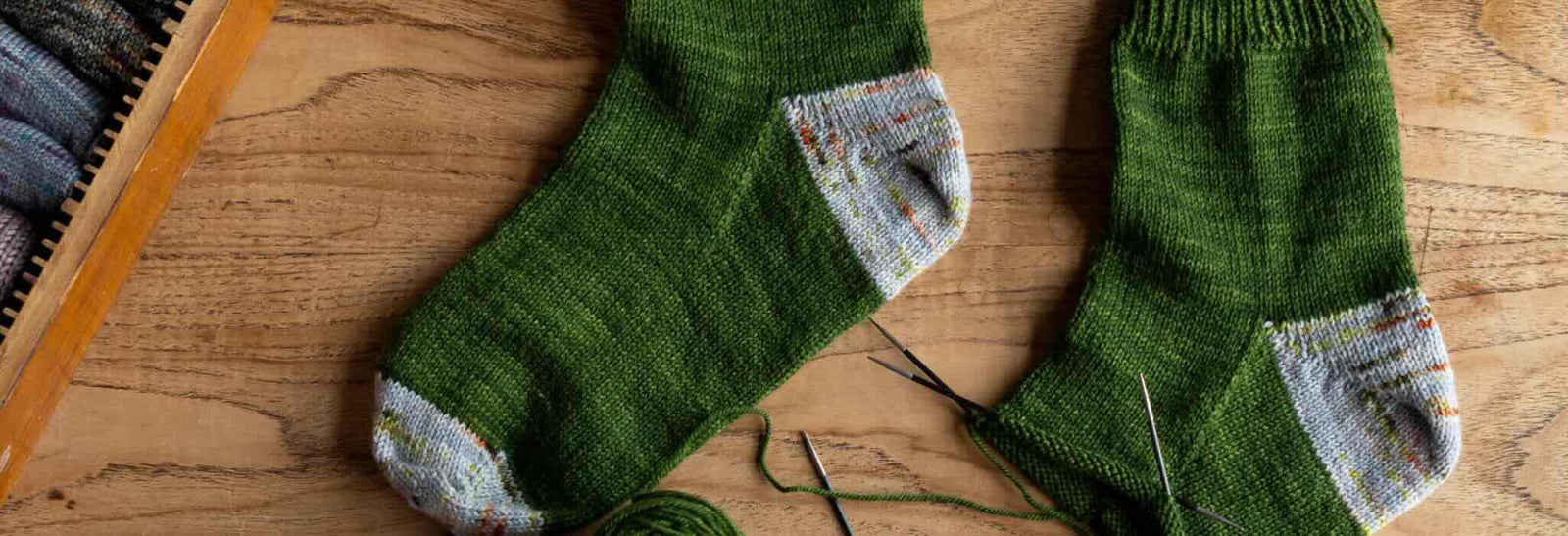
Deep Shadow Heel Tutorial
September 25, 2025

20 Years of Ysolda Knitting Patterns: Part 2
June 23, 2025

20 Years of Ysolda Knitting Patterns: Part 1
June 19, 2025
Recent Articles
-
Deep Shadow Heel Tutorial
September 25, 2025
-
20 Years of Ysolda Knitting Patterns: Part 2
June 23, 2025
-
20 Years of Ysolda Knitting Patterns: Part 1
June 19, 2025
-
Learn to Knit: Mattress Stitch
March 29, 2023
-
How to Knit a Scarf: A Beginners Guide to Scarf Knitting
March 23, 2023
-
Learn to knit: the long tail cast-on
February 03, 2022
-
How to Graft Your Knitting
December 09, 2021
-
Crochet Provisional Cast-on
December 02, 2021
-
Learn to knit: How to knit in the round with double pointed needles
November 25, 2021
-
Learn to knit: How to knit in the round using the magic loop technique
November 25, 2021
Free resources
-
KALS, step-by-step pattern guides and free patterns
Learn brioche with the free Daniel's Hat pattern
Tombreck - a free chevron beanie pattern
Working the brioche neck detail on the Polwarth sweater
Installing a zipper and ribbon, finishing wee Carson
Yarn colour ideas for Threipmuir sweater
Additional colourways for the Joy mitts (choose your pride flag)
How to join the shoulders on Wardie
How to join the pockets on Granton and Wardie
Finishing Resources for Granton
Broughton mittens tutorial part 1
Broughton mittens tutorial part 2
Broughton mittens tutorial part 3
Basics
Casting on
Decorative Channel Island Cast-on
Binding off
3 Easy Stretchy Bind-offs (p2tog bind-off; k2togtbl, k1 bind-off; Jeny's surprisingly stretchy bind-off)
Tubular Bind-off for brioche stitch
Increasing
Paired increase methods compared
How to continue in pattern while increasing and decreasing
Decreasing
Brioche stitch double decreases
Knitting in the round
How to Knit in the round using Magic Loop
How to Knit in the round using DPNs
Short rows
Swatching and gauge
Tips and tricks
Avoiding ears when binding off
Tighter purl stitches for neater cables and ribbing
Cabling without a cable needle
How to knit more symmetrical yarn overs
Bust darts in sweaters with all over stitch patterns
A magic formula for evenly distributing shaping
Superwash v Non-Superwash Wool
Picking up sts from the middle of the fabric
Reading knitting patterns
Understanding "continue in pattern"
Help! Where am I in my knitting project?
Using charts, even if you hate them
Finishing
Garment knitting
Joining the body and sleeves on a seamless bottom up sweater
Sizing
Ysolda’s sizing chart for knitwear designers
Inclusive garment knitting
How to pick a garment without a model for you (specifically addresses finding garment patterns when your gender identity isn't represented and the styles you want to knit might not be sized to fit your body)
How does ease affect inclusive size ranges?
Specific stitch patterns
Lace
Identifying and fixing mistakes in lace knitting
Colourwork
Getting started with stranded colourwork
Understanding colour dominance
Working stranded colourwork over small circumferences
Decreases in stranded colourwork
Holding the yarn for stranded colourwork
Ladderback Jacquard (a neat way to deal with long floats)
Cables
Cabling without a cable needle
Cabling without a cable needle on the wrong side
How to knit cabled decreases
Closed ring cable increases and decreasesBrioche
How to work brioche stitch in the round
Other crafts
Cross stitch
How to begin your first large cross stitch project
How to finish a cross stitch project with an embroidery hoop frame
Mending

Sign up today
Find out the latest news from the studio such as sales, pattern releases, and new workshops or KALs our learning community, The Knitwork. We also share helpful tips and exclusive subscriber discounts...



